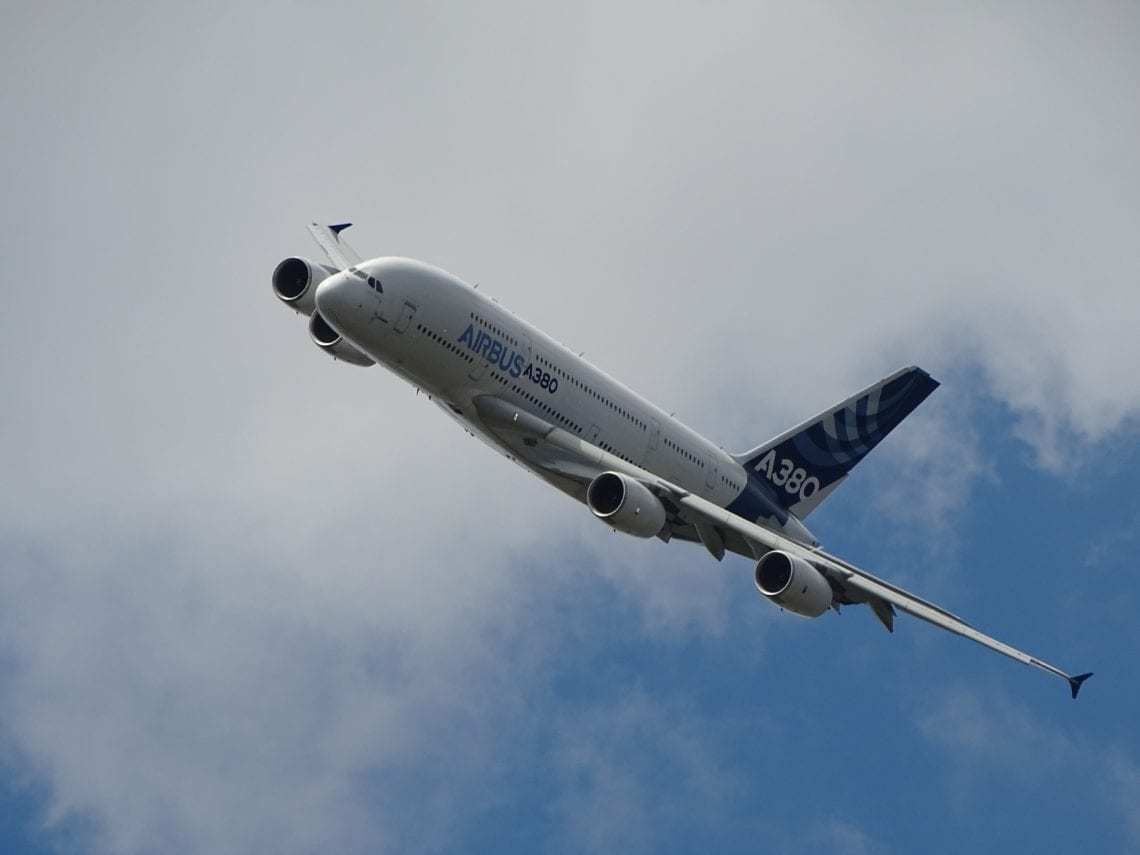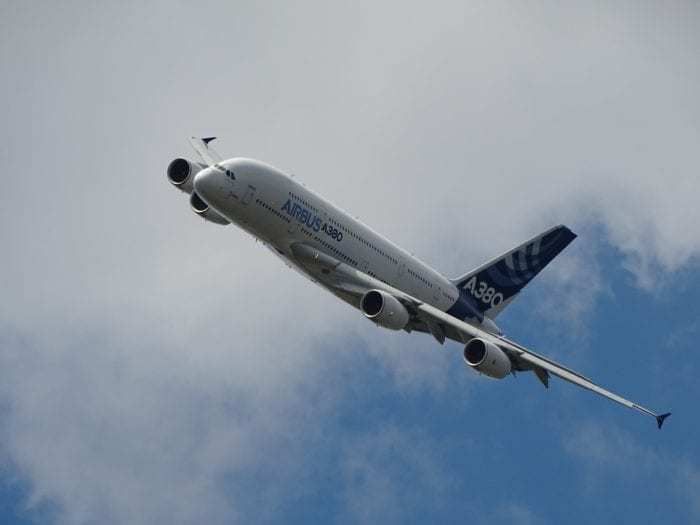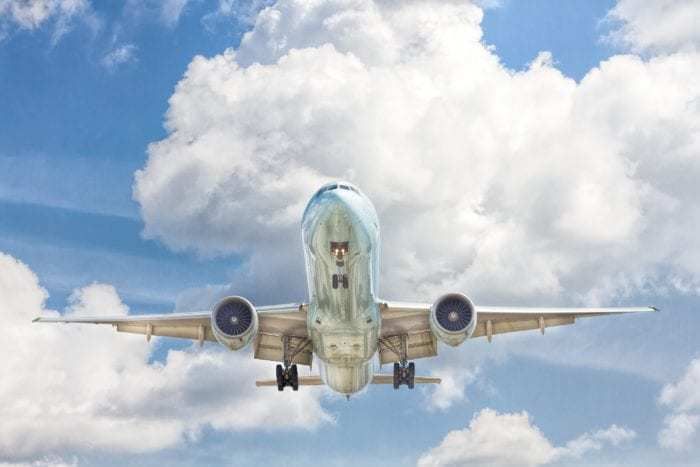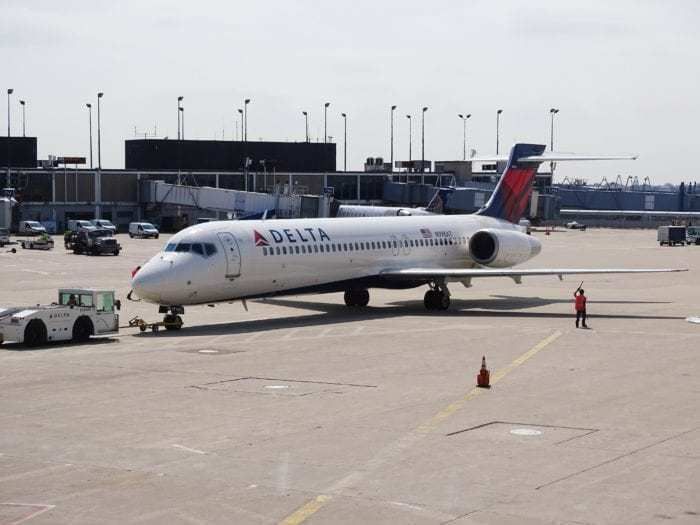It’s no secret that Airbus and Boeing are running a modern day duopoly in the airplane manufacturing industry. These two companies account for 99% of large aircraft orders around the world, serving more than 4 Billion air travelers annually. Their dominance over the market has been a common trend throughout history and the future shows implications that it can continue.
Why Do Airbus and Boeing Dominate The Market?
Two main factors are the reason who Airbus and Boeing’s dominance over the airplane manufacturing industry: money and history. With both of these factors on their side, Airbus and Boeing can easily maintain their positions as the top companies.
Manufacturing airplanes requires significant costs. The high barrier to entry includes costs associated with not only the parts, but customer support, maintenance, technology, and more. These two companies have dominance over domestic and international demand, but large overhead has even allowed them to buy into regional leaders, including Bombardier and Embraer.
The early entry into the manufacturing market has allowed the companies to develop close relationships with their respective government and organizations affiliated with regulation of the industry. Boeing, for example, is the 2nd largest spender on lobbying in the US, with more than a quarter billion dollars spent.
Safety is perhaps the most important aspect in air travel. The deep history of success for the two manufacturers has solidified their reputation as the go-to airplanes in the industry.
The Rise of Boeing
The Boeing Company was started in 1916 and has dominated the market for more than a century of its existence. Boeing created a stake hold for airplane manufacturing by targeting the US government as their first major customer. The company sold planes to the Navy during World War I and expanded to the military and even air mail services in the following decades. As of 2018, they remain the 2nd largest contractor to the US government.
Boeing became the preferred commercial aircraft for carriers in 1958, when it introduced its 707 model to the public. The model appealed to the public interest of a superior flight experience and a shorter travel time compared to other airplane manufacturers on the market.
The Rise of Airbus
Airbus was developed in Europe as a response to the rapid growth of Boeing. Germany, France, and the UK came together in 1967 to produce an aircraft that promoted technology and symbolized economic growth. The original design of their first public airplane was positively received by the public. In 1972, its A300B model completed its first flight, allowing passengers to fly more for less.
The success of the early models allowed Airbus to take over the European market and other regions at a time when air travel was first becoming popularized as a means of transportation. Airbus had a more gradual growth compared to Boeing but being early to the market and consistency of reliability has made the company one of the top manufacturers in the world.
Airbus and Boeing Market Share
After having historical success, Airbus and Boeing both maintain year over year growths. Airbus delivered 800 planes globally in 2018, representing an 11% growth from the year before. Boeing set a record with 806 planes delivered in 2018, a 5.6% growth from 2017. Airbus and Boeing have even managed to significantly outperform the S&P 500 index over the past decade.
Airbus and Boeing comprise a majority of the fleets maintained by all of the top air carriers around the world. Companies including Spirit and Frontier only use Airbus in their fleets, while Southwest solely uses Boeing. Legacy airlines such as Delta include a mix of the two companies to fill their fleets.




